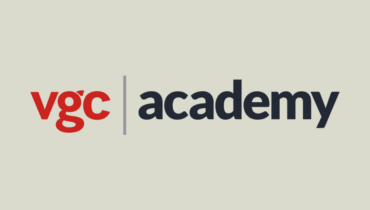VGC Academy
We encourage our people to embark on programmes of lifelong learning to enable them to achieve their potential, drive continuous improvement & innovation and create the leaders of the future.
The VGC Academy provides opportunities to develop from entry level roles through to management and leadership through a combination of competency, technical, vocational and academic programmes.
With our expert knowledge of the local employment and skills landscape, we work closely with our people and clients to identify skills shortage and create learning pathways to develop new and existing people to fulfil these roles for the future.
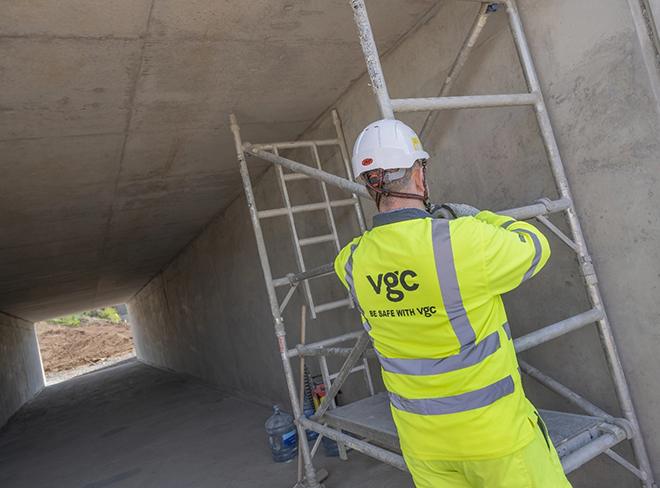
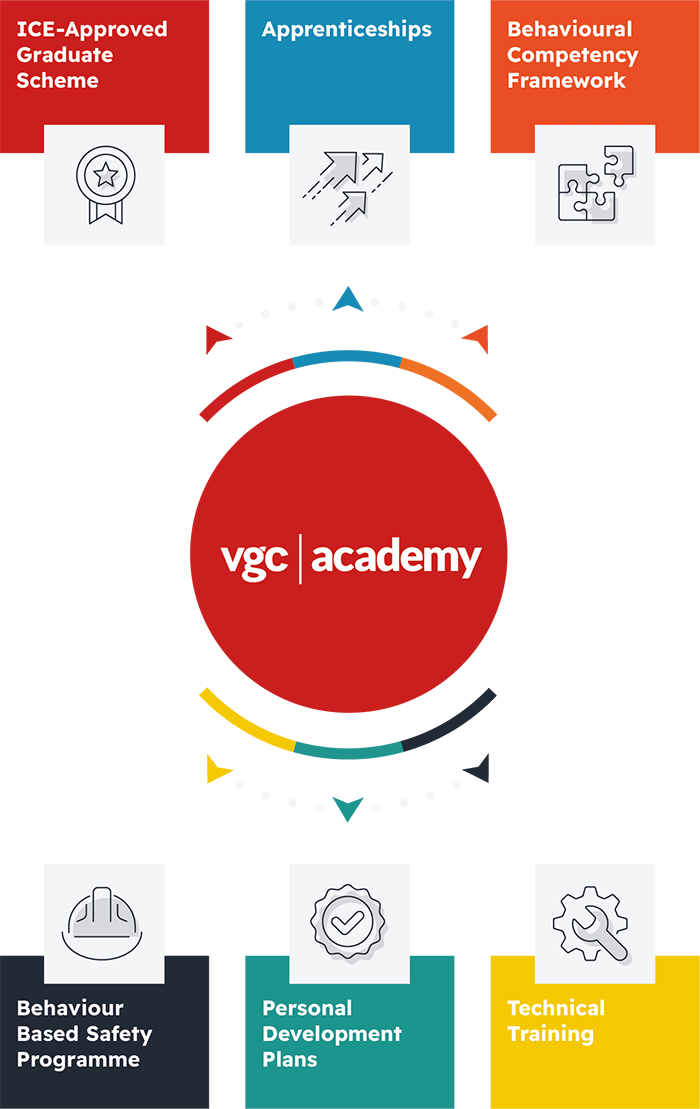
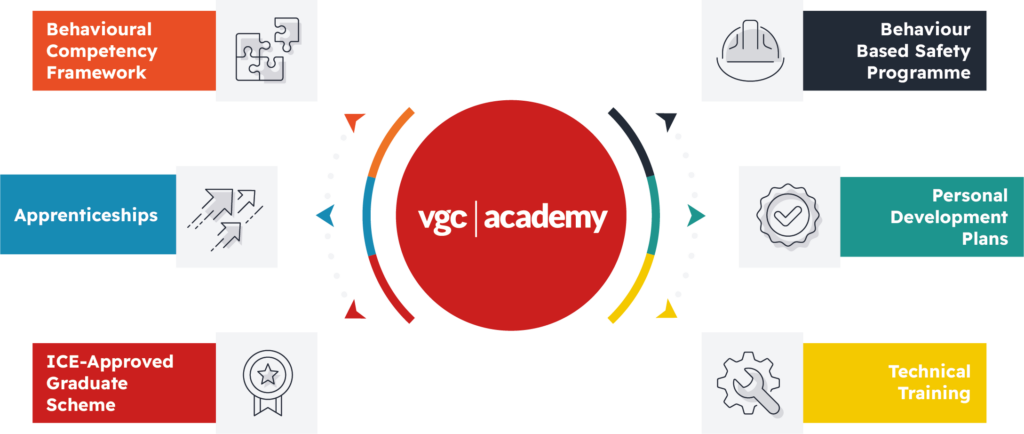

2022 Training in Numbers:
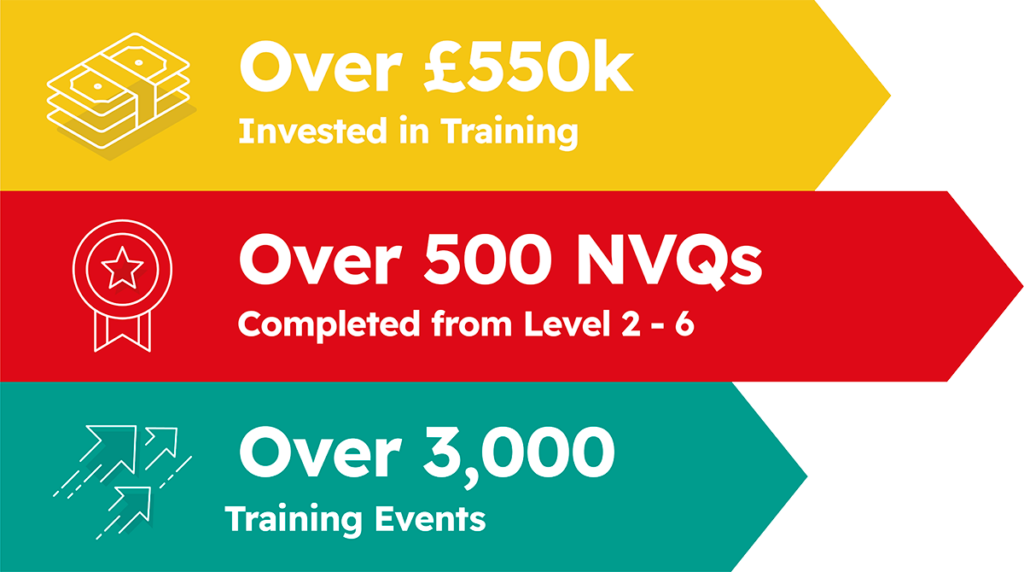
2023 Achievements
Awarded CITB leadership funding for VGC Academy programmes
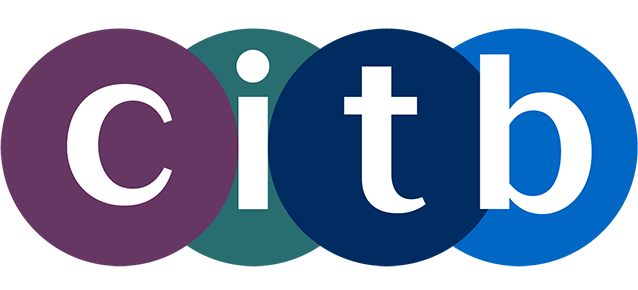
Intermediate and management programmes accredited to CMI
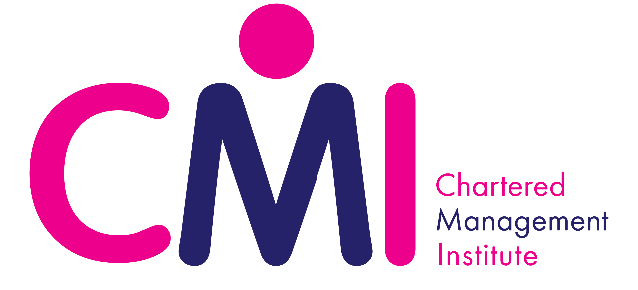
Latest VGC Academy News
7 February 2024
VGC welcomes new apprenticeship cohorts on BBV
This year VGC have inducted two cohorts of apprentices to the BBV HS2 project. Mohammed Rezwan Ahmed, Abdullah Ahmed, and Alexander Platt began their steelfixing apprenticeship, and Haaris Farouk, Adam Alesali, and Kye Billingham-Belle began their formwork apprenticeship in January this year. The apprenticeships will last for 18 months with a mixture of practical on
7 February 2024
Thomas Geraty, HSQE Data Analyst
Last week, HSQE Data Analyst, Thomas Geraty, was accepted into college to begin his Level 3 apprenticeship as a Data Technician which commences in March 2024 and will last for 18 months. It is anticipated that he will then progress to complete the Level 4 apprenticeship in Data Analytics thereafter. “The reason I chose
30 March 2023
VGC Academy awarded CITB Leadership & Management grant
VGC Group are delighted to announce that we have been awarded a grant by the CITB Leadership and Management Development fund to continue investment in training at the VGC Academy. The VGC Academy was established in 2018, to bring together all learning and development activities at the VGC Group under one umbrella. This training includes


